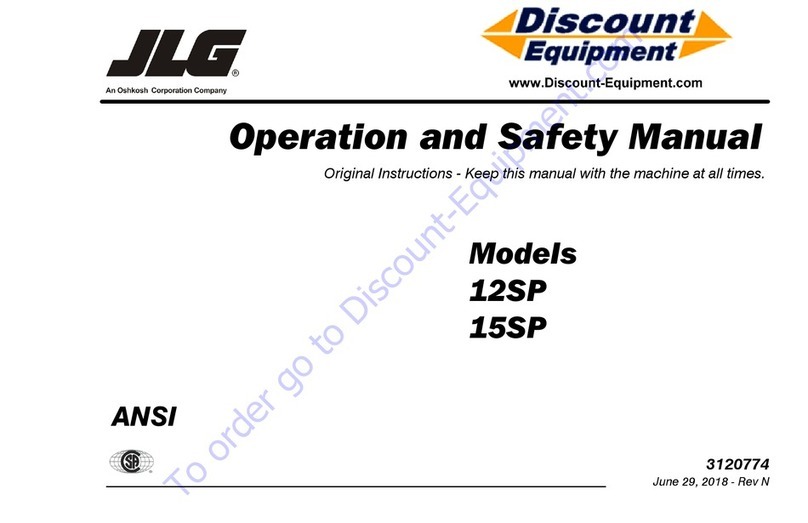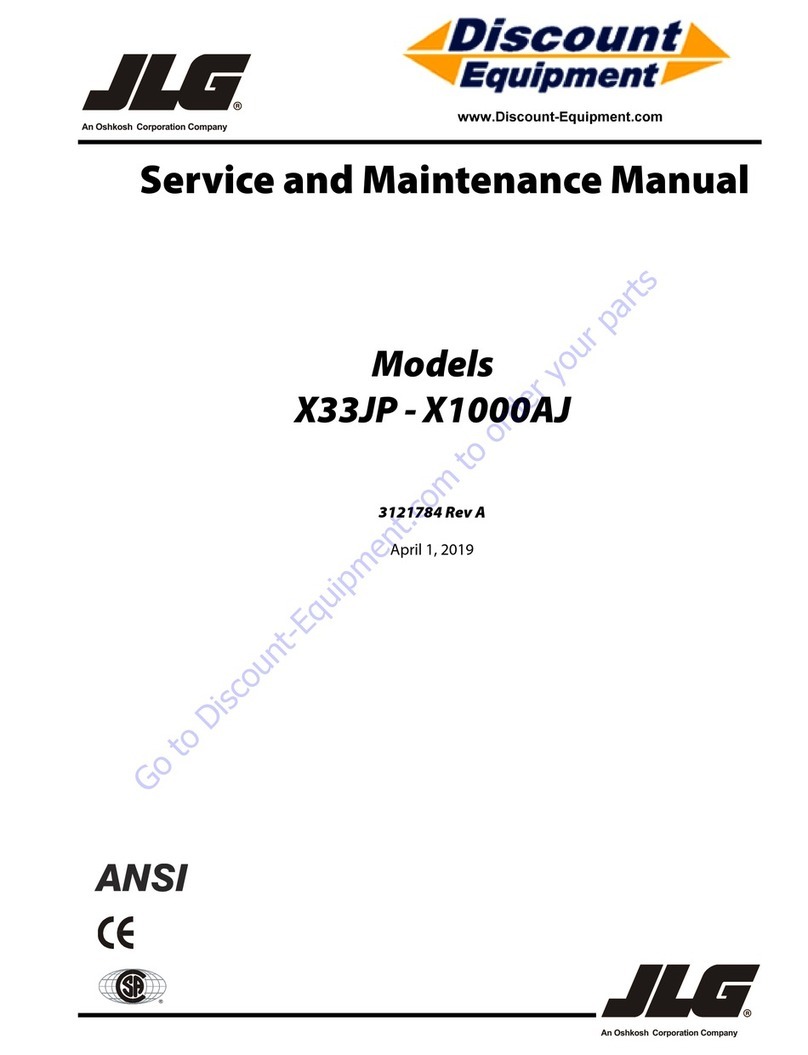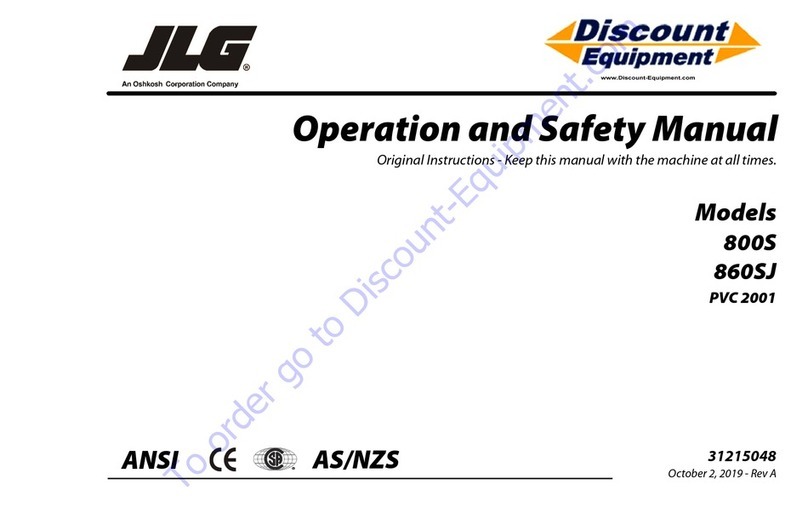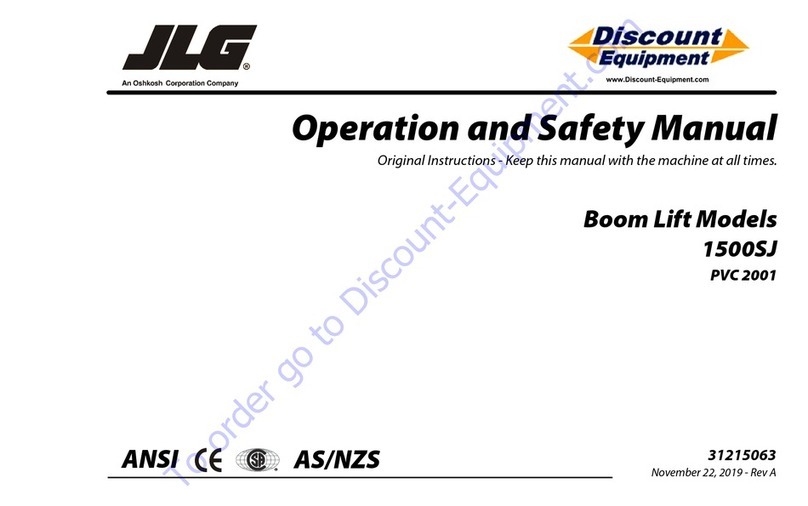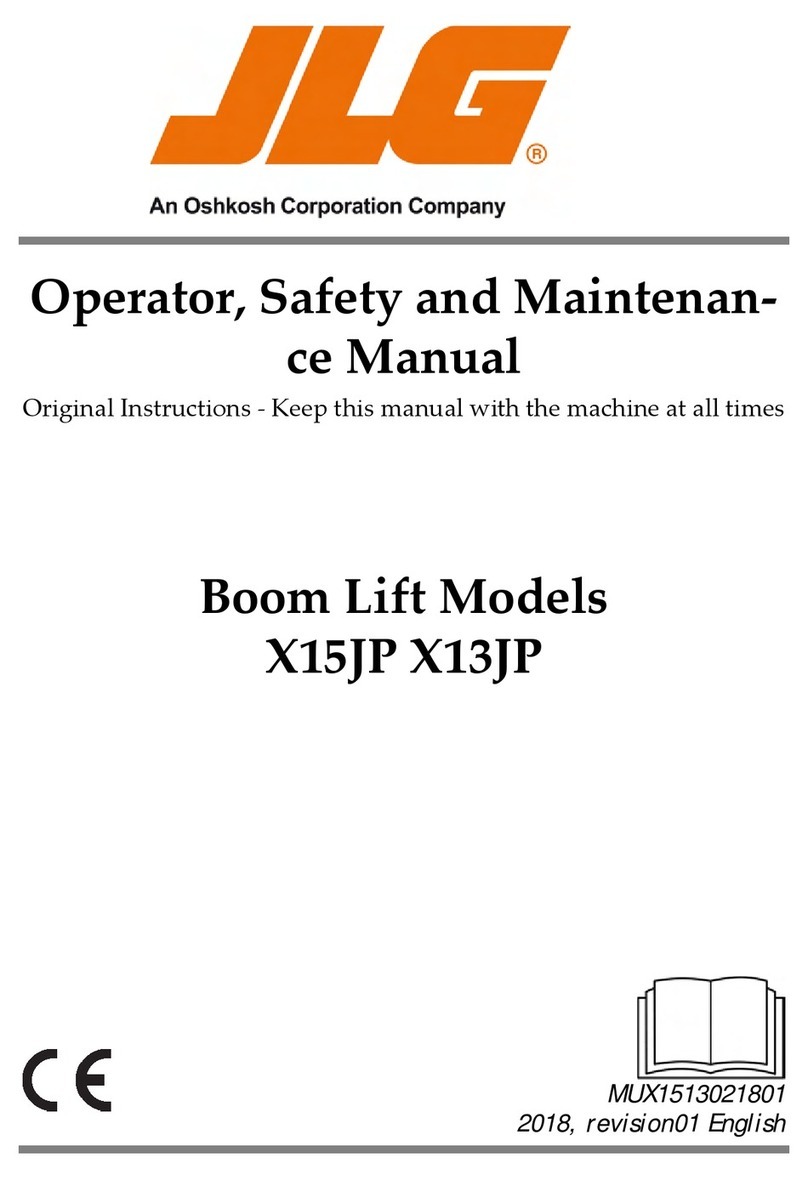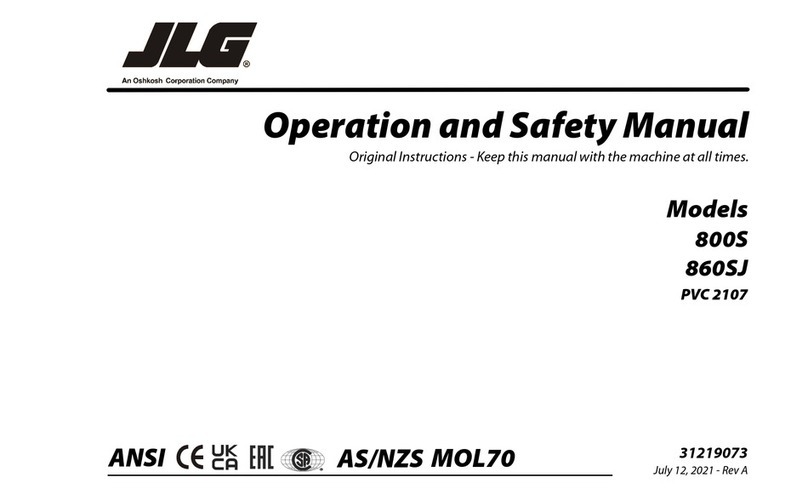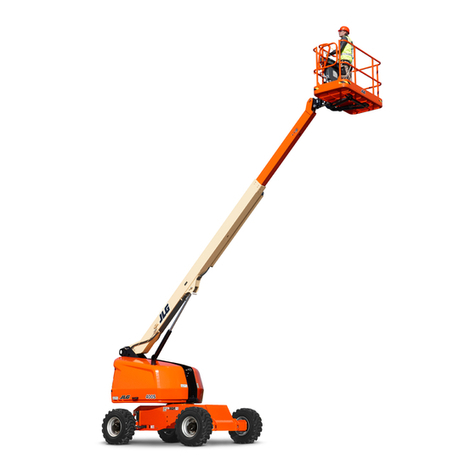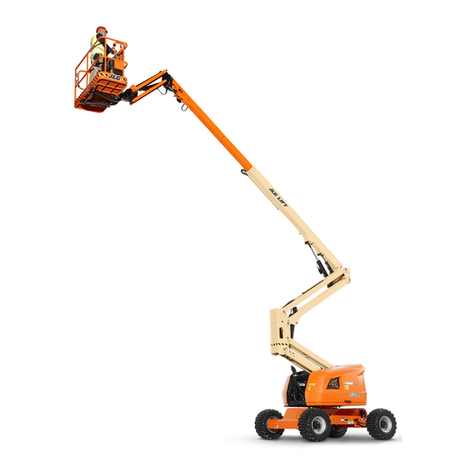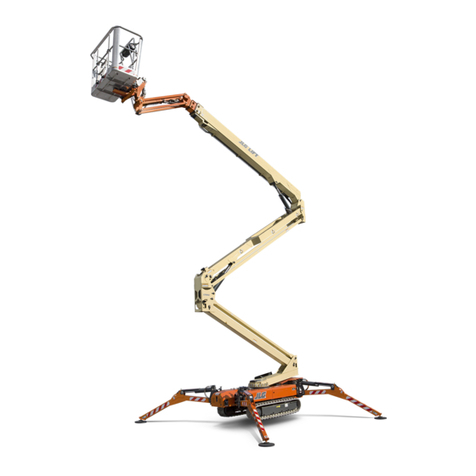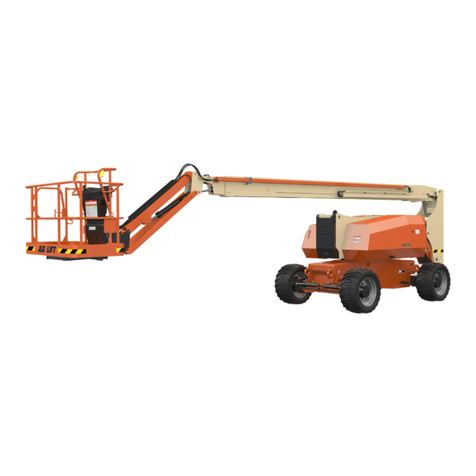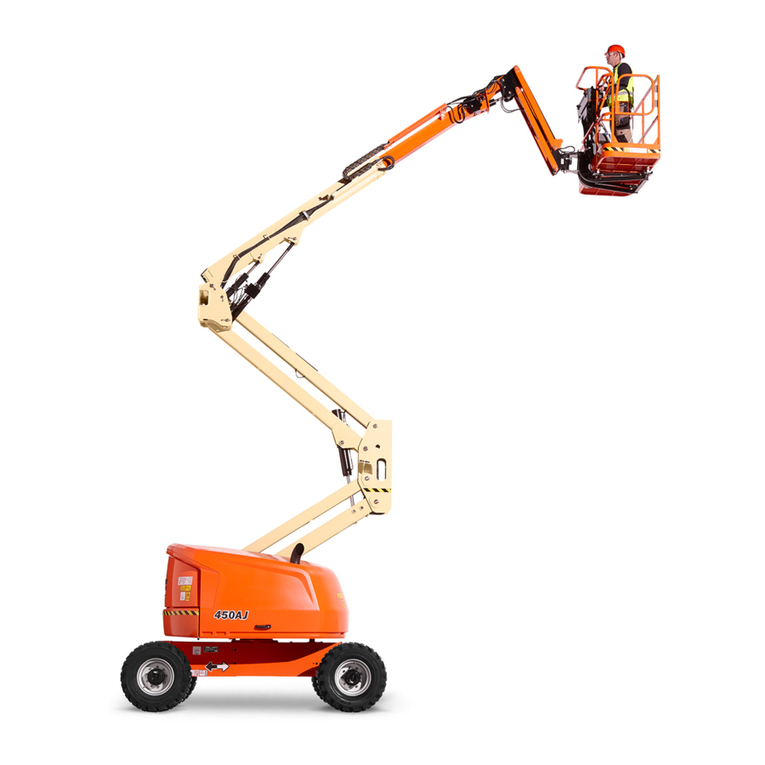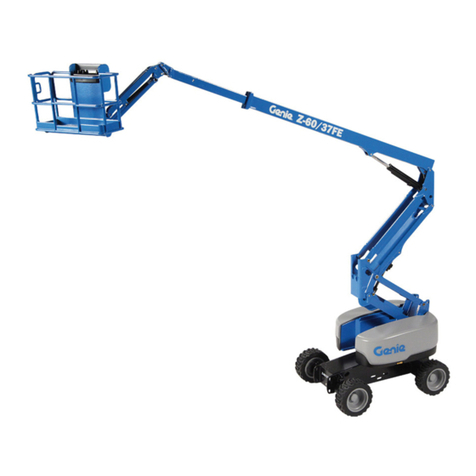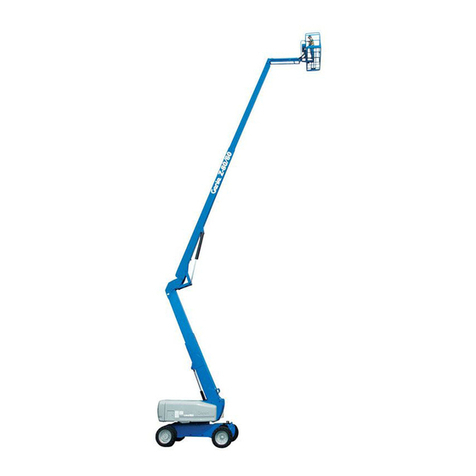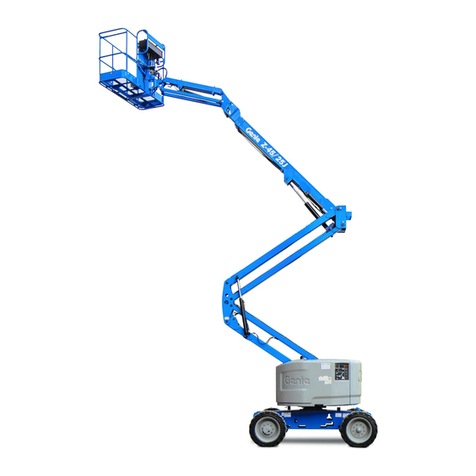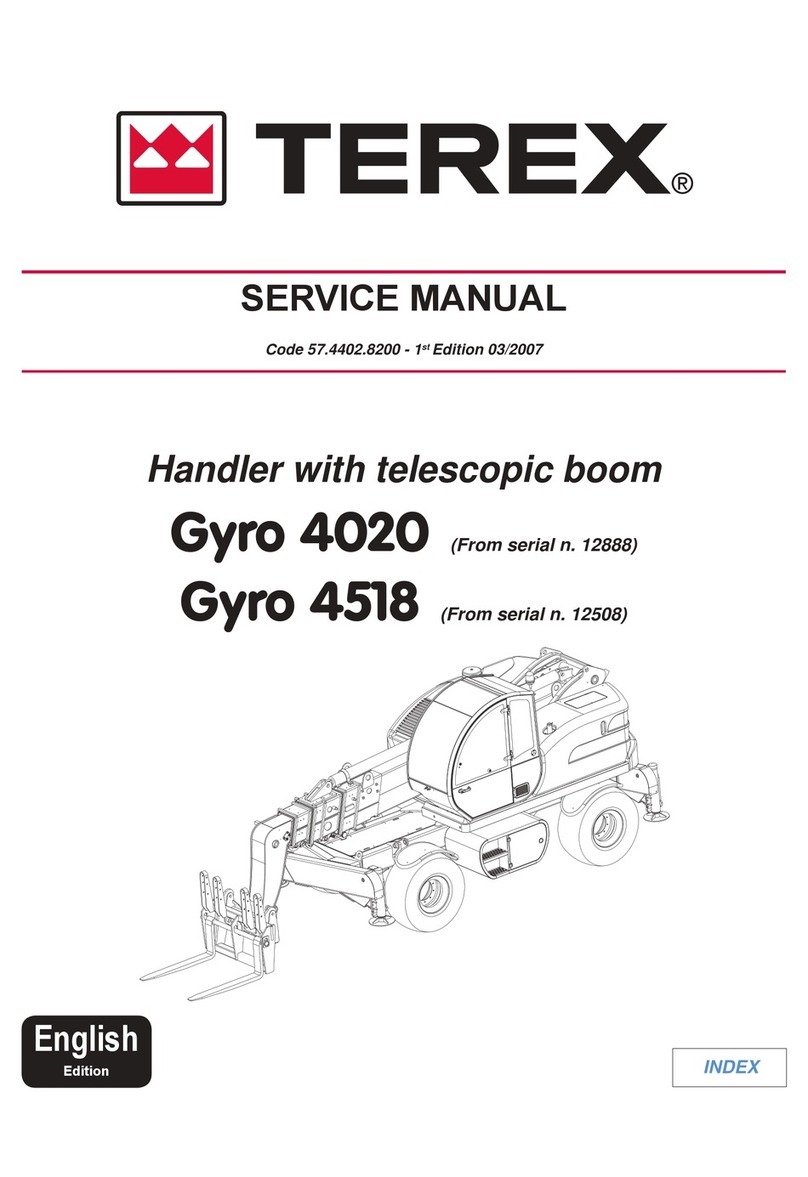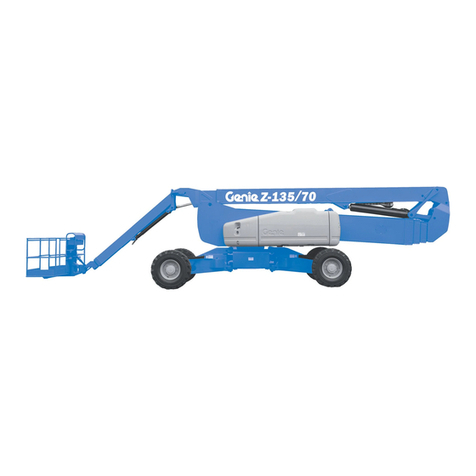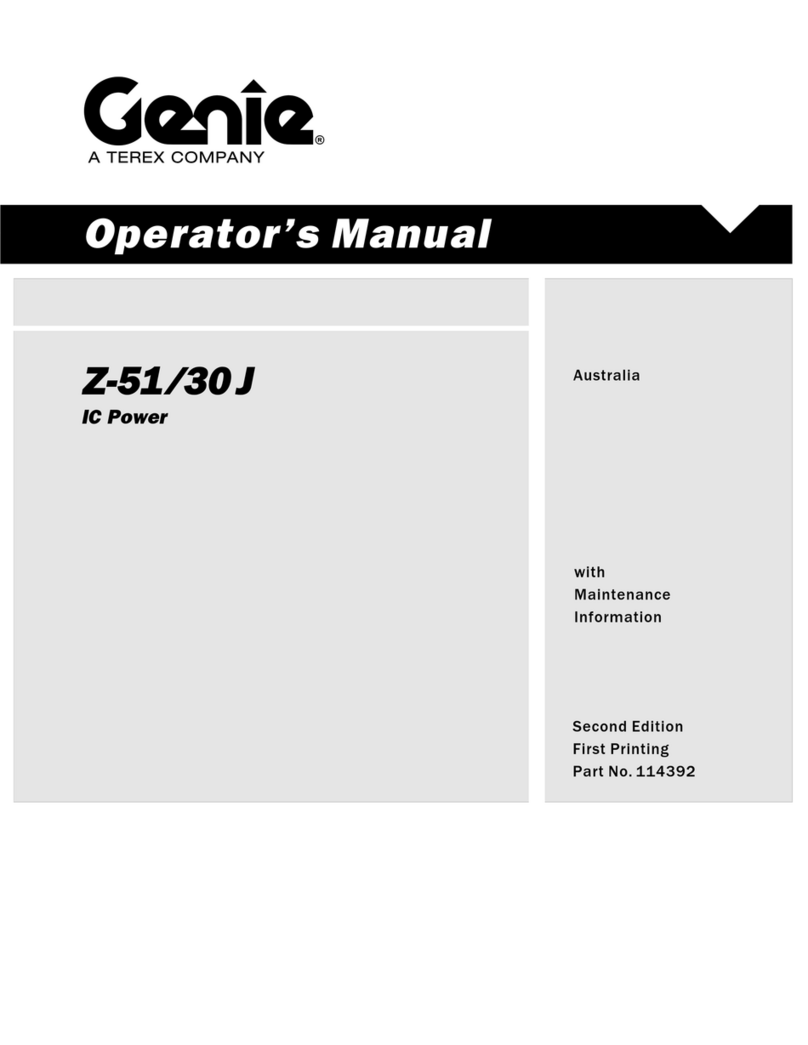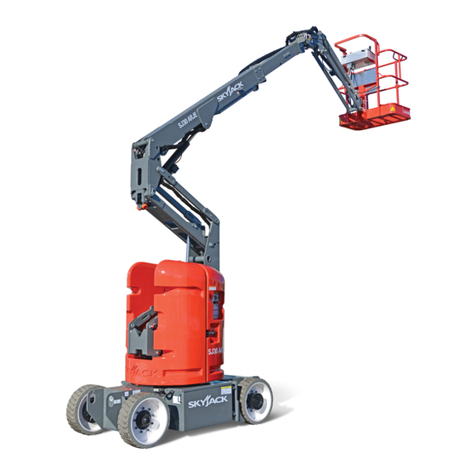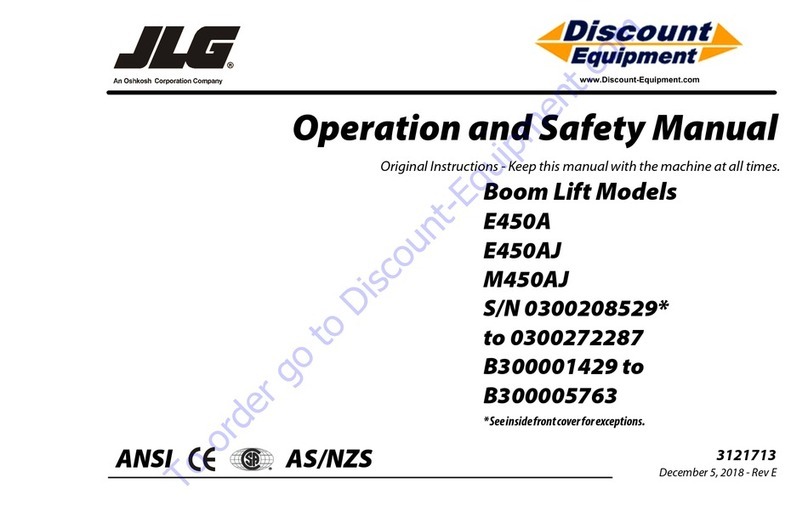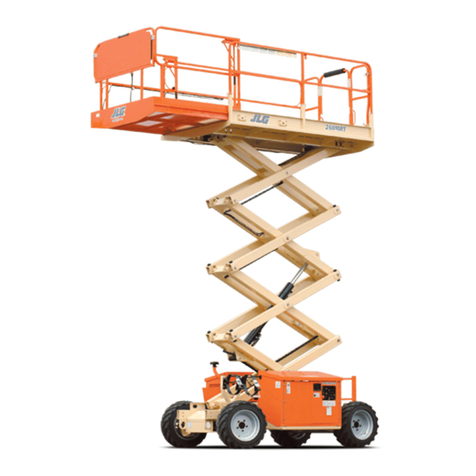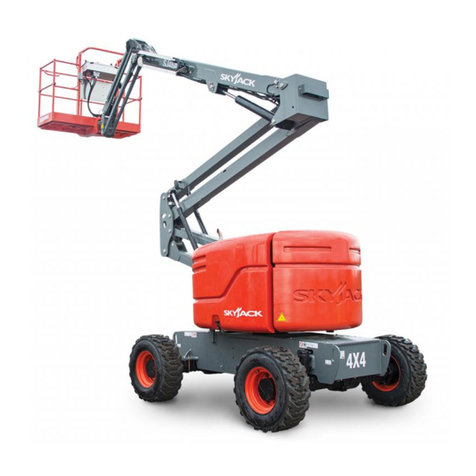6.2.1 Summary table of operator safety standards ..........................................Page 66
6.2.2 Operator holding areas in the basket .....................................................Page 67
6.3 Working area ..........................................................................................Page 68
6.4 Using the elevating work platform .....................................................Page 69
6.4.1 Preliminary checks before starting work ...........................................Page 70
6.4.2 Starting the petrol/diesel engine ..........................................................Page 71
6.4.3 Starting the electric motor .....................................................................Page 72
6.4.4 Stopping the engine/motor ...................................................................Page 74
6.4.5 Stopping the motor lithium version ....................................................Page 74
6.4.6 Automatic working load selection ......................................................Page 75
6.4.7 Travel ........................................................................................................Page 76
6.4.8 Parking the machine on a slope or on uneven ground ....................Page 78
6.4.9 Stabilising and levelling the machine ..................................................Page 78
6.4.10 Automatic lowering and raising of the stabilisers.............................Page 82
6.4.11 Extending the track gauge.....................................................................Page 84
6.4.12 Moving the basket .................................................................................Page 84
6.4.13 Manually levelling the basket ..............................................................Page 88
6.5 Emergency manoeuvres ......................................................................Page 90
6.5.1 Emergency descent controlled from the basket ........................................Page 90
6.5.2 Operating the machine from the emergency control position
on the ground if the operator is taken ill ............................................Page 91
6.5.3 Emergency descent in the case where the stabilisers are
accidentally retracted.................................................................................Page 92
6.5.4 Emergency descent controlled from the ground in the event
of sudden operator illness, with the motor running and
electrical system fault.............................................................................Page 94
6.5.5 Emergency descent controlled from the ground using the
hand pump in the event of faults on all energy supply systems ....Page 95
6.5.6 Emergency operations on the carriage: moving the platform
stabilisers using the hand pump to allow the machine
to be transported....................................................................................Page 97
6.5.7 Emergency operation of the undercarriage in the event of
movements of the aerial part ................................................................Page 98
6.6 Recharging the radio control and making an emergency
electrical connection ................................................................................Page 100
6.7 Recharging the battery ..........................................................................Page 102
6.8 Main intended uses of the platform ....................................................Page 105
6.8.1 Systems ....................................................................................................Page 105
6.8.2 Closed environments .............................................................................Page 105
6.8.3 Pruning ....................................................................................................Page 105
6.8.4 Repair and maintenance of roofing and gutters ...............................Page 106
6.8.5 Painting, sand‑blasting and plastering................................................Page 106
6.8.6 Use in marine environments ................................................................Page 106
CHAPTER 7 MAINTENANCE....................................................................................Page 107
7.1 Safety instructions for greasing and lubrication ................................Page 107
7.2 Table of recommended lubricants ........................................................Page 107
7.3 Greasing points ......................................................................................Page 109
7.4 Greasing the telescopic arm ..................................................................Page 109
7.5 Safety instructions for maintenance operations.................................Page 110
7.6 Periodic maintenance intervals ............................................................Page 111
7.7 Electric motor ..........................................................................................Page 113
7.7.1 Electric motor maintenance...................................................................Page 113
7.8 Inspection and maintenance ................................................................Page 114
7.9 General periodic checks ........................................................................Page 116
7.10 Maintenance on the rubber tracks........................................................Page 118
7.10.1 Checking the track tension ...................................................................Page 118
7.10.2 Loosening/tightening the tracks ..........................................................Page 118
7.10.3 Checking the rubber tracks ..................................................................Page 119
2X17JR0420113



